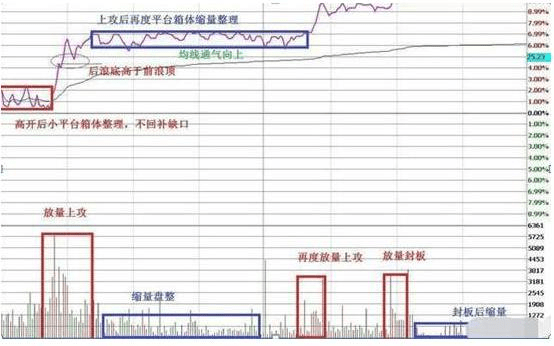
1. The profit principle of rolling positions
Rolling positions, in essence, is a trading strategy that uses existing profits to expand positions, focusing on 'using profits to seek greater profits'. Unlike ordinary position increases, rolling positions emphasize operations based on floating profits, gradually expanding the position to achieve exponential growth in returns. This strategy utilizes the power of market trends while dynamically adjusting positions to reduce risks, representing a clever balance of risk and reward.
For example, if you buy 1 Bitcoin at a price of 10,000, when the Bitcoin price rises to 12,000, you have made a floating profit of 2,000. At this point, you use this 2,000 profit to buy a certain amount of Bitcoin again, which is rolling positions. As the Bitcoin price continues to rise, your profits will continue to increase as the positions expand. Assuming the Bitcoin price further rises to 15,000, the newly purchased Bitcoin will also bring additional profits, ultimately achieving a significant increase in total returns.
2. Market scenarios with high return potential
One-sided trend market
The rolling position strategy is most suitable for use in a one-sided upward or downward trend market. In a one-sided upward trend, as the price continues to rise, using floating profits to increase positions allows investors to gain more returns in the subsequent price increases. For example, in the Bitcoin bull market, the price rises from 30,000 to 60,000, if investors can accurately judge the trend and reasonably apply the rolling position strategy, their returns will far exceed simply holding the initial position. Similarly, in a one-sided downward trend, shorts can also expand profits through rolling positions.
After breaking through key resistance or support levels
When the market breaks through long-standing key resistance or support levels, it often indicates that prices will enter a new trend phase. At this time, executing a rolling position can effectively capture the profit opportunities brought by the new trend. For example, a certain cryptocurrency broke through an important resistance level after a long period of sideways movement, and the price rose rapidly. Investors can engage in rolling positions near the breakout point to take advantage of the price increase.
3. Looking at the growth of profits through examples of rolling positions
Taking 50,000 as an example, suppose this 50,000 is the profit already obtained in the market. Using Bitcoin trading as an example to explain the logic of rolling positions in detail. When you open a position at a Bitcoin price of 10,000, set the leverage to 10 times, adopt a gradual position mode, and only open a 10% position, which means using 5,000 as margin, equivalent to 1x leverage, while setting a stop loss of 2 points. If the stop loss is triggered, the loss is only 2%, which is 1,000. If the judgment is correct and the Bitcoin price rises to 11,000, continue to open 10% of the total funds, also setting a 2% stop loss. If the stop loss is triggered again, you can still earn 8% profit. As the Bitcoin price continues to rise, for example, to 15,000, and each time the position increases smoothly, it is expected to earn around 200,000 in this 50% market move. If two such market moves can be captured, the profit can reach around 1,000,000.
Take the example of the legendary figure in the cryptocurrency circle 'Fatty', who rolled positions from 200,000 to 300 million. Although he ultimately did not cash out at the peak, he still preserved most of the fruits of victory. These successful cases highlight the immense potential of rolling positions to achieve rapid wealth appreciation under specific conditions.
4. Key factors for achieving high returns
Accurate trend judgment
Accurately grasping market trends is the primary prerequisite for the success of rolling positions. Only in a clear upward or downward trend can rolling positions amplify returns. Investors need to use various methods such as technical analysis and fundamental analysis to conduct in-depth research and judgment on market trends, improving the accuracy of trend judgments.
Reasonable position management
Position management is the core principle of the rolling position strategy. Reasonable position management can effectively control risks, ensuring that the average holding price remains within a reasonable range, which directly affects the final profit. Investors need to clarify when to increase positions, by how much, when to reduce positions, by how much, and establish a complete roadmap for 'entering, increasing positions, reducing positions, and exiting'. At the same time, based on their own risk tolerance, they should reasonably allocate funds and control position ratios to avoid excessive leverage.
Strict discipline execution
In the process of rolling positions, investors need to overcome greed and fear, maintain calm rationality, and strictly follow the pre-established trading plan. Do not let short-term market fluctuations affect decision-making; when the market trend does not match expectations, decisively stop loss or take profit to ensure strict execution of trading discipline.
